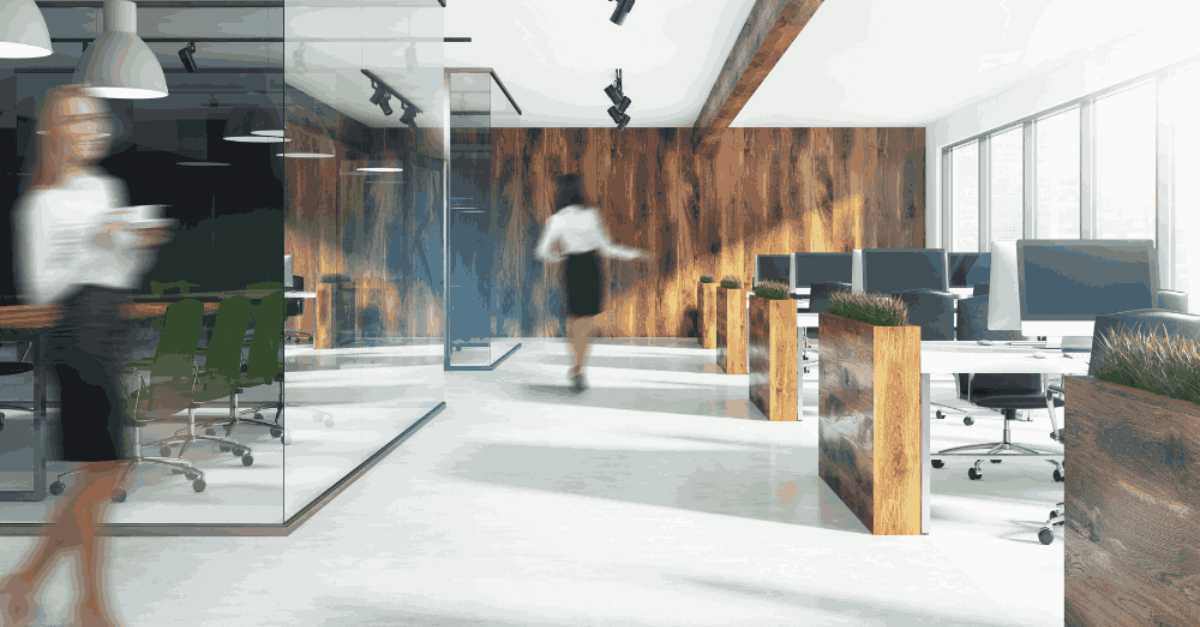
Accruent Launches EMS Flex One-Click Desk Booking
Discover Accruent’s easy desk booking software. EMS Flex is a simple and elegant desk booking solution that enables workspace booking in as little as ...
Solutions
Workplace Management Solutions
Real Estate Management Solutions
Maintenance Management Solutions
Energy Management Solutions
Engineering Document Management Solutions
Asset Management Solutions
Automate campus scheduling for classes, meetings, and exams with our EMS software.
Plan and manage conferences effortlessly with EMS software to impress guests and streamline operations.
Boost workplace flexibility and maximize space use with seamless desk and room booking.
Organize workplace or campus events smoothly, creating memorable experiences.
Optimize workspace, manage allocations efficiently, and reduce costs with our space management solutions.
Deliver projects on time and within budget by improving communication, collaboration, and efficiency with our software.
Streamline lease accounting for ASC 842, IFRS, and GASB compliance.
Manage leases efficiently by tracking key dates, analyzing costs, and ensuring compliance.
Centralize data and analytics for better insights, faster negotiations, and revenue growth.
Centralize facility and asset maintenance, automate work orders, and ensure compliance with our CMMS software.
Extend asset life, reduce downtime, and prevent costly repairs with data-driven monitoring.
Prevent equipment failures and extend asset life by detecting and addressing issues early.
Make sustainable, cost-efficient energy decisions by monitoring and optimizing power consumption.
Remotely monitor and control equipment with real-time data to predict issues, boost efficiency, and reduce downtime.
Easily share and collaborate on documents, creating a single source of truth for engineers and contractors.
Manage and analyze assets across their lifecycle to schedule maintenance, reduce downtime, and extend lifespan.
Improve visibility, automate work orders, and ensure compliance for efficient facility and asset management.
Resources
Browse our full library of resources all in one place, including webinars, whitepapers, podcast episodes, and more.
Support
Looking for access to technical support, best practices, helpful videos, or training tools? You’ve come to the right place.
About Accruent
Get the latest information on Accruent, our solutions, events, and the company at large.

Looking to maximize space usage and avoid wasted real estate? See how workspace management software can help you save money and prevent empty workspaces
Workplace management software can help businesses of all sizes improve their efficiency, productivity, and employee experience. By automating manual tasks, streamlining processes, and providing real-time insights, workplace management software can help businesses save time and money, and operate more effectively.
The workplace is changing – employees are demanding more flexible workspaces, including the ability to work remotely and more collaboratively in co-working spaces. Employees are simply no longer content to sit at the same desk every day, all day.
Most corporate offices include a variety of spaces, from personal desks to larger meeting spaces to private huddle rooms. This modernization of the workplace clashes with the now outdated way corporate real estate has traditionally been managed. As the workplace evolves, companies need to evolve how they track and assign workspaces in order to keep up with the changing workforce.
The layout, management and utilization of corporate real estate dramatically impacts employee happiness and retention rates. This direct influence and impact on your people means that to remain competitive when pooling talent, you must create a collaborative, innovative workplace. And, to do this, you need a workspace that reflects those values.
One way to accomplish this is by investing in technology like workspace management software to help enable dynamic, flexible workplaces, and better understand how your space is being utilized.
A workspace management tool will improve your employees’ experience by:
When developing your workspace, make sure you don’t only look at it as arranging furniture and installing hardware. The right workspace management software fully enables and empowers your employees to manage their office environment so they can use it the way they need to get their work done, and gives you a clearer view into the return on your facilities investments by providing analytics and reporting on how your workspace real estate is being used.
The emergence of the Internet of Things has taken workspace management software to a new level. Through IoT tools like sensors, reservation management systems and smart devices, workspace management has become even more connected, allowing for better utilization of all your resources.
According to reports from JLL, 38% of workspaces are underutilized in a typical workday, and the annual cost of real estate per employee can exceed $6,600. Companies simply cannot afford to fall behind in workplace optimization.
Organizations that can successfully adapt will realize better employee productivity and better cost savings. Technology-infused workplaces are becoming the new normal, and organizations must focus on improving their space utilization in order to stay competitive.

With the right workspace technology, your organization can easily gain better insight into:
For example, your organization could save thousands of dollars a year by implementing sensors in your bookable meeting rooms that determine when a room is or will be in use, automatically turning on and off the HVAC system in response.
By only using the HVAC system when the room is scheduled to be in use rather than have it run for the entire day for a single meeting, your organization can enjoy significant savings on utility costs.
In addition, using robust reports and data, you can begin to see patterns in room bookings, like which rooms are being used and when. These patterns can help your facilities team better plan for the needs of your office.
For example, if you notice that every conference room is constantly booked, and many of the larger meeting rooms, which can accommodate up to 20 people, are being used for meetings of only 3-4 people, then you can likely assume that the office needs more small meeting rooms. And rather than invest in more real estate, why not transform the larger meeting rooms into additional small meeting rooms – providing more of the right kind of spaces your employees need without additional real estate costs.
This is a prime example of how workspace management software you get a better view of how your space is being used and making it easier for you to make wiser, cost-saving decisions about the space.
Organizations can drive profitable growth and innovation through a more connected workspace. It is critical for companies to identify, understand and satisfy employee needs by transforming their workplaces, in addition to managing their workspaces in a cost-effective way.
Accruent's EMS workspace management software solution offers highly configurable scheduling options, hybrid spaces support and flexible technology integrations to create an office-wide solution that meets the needs of every employee. EMS also provides robust reporting and analytics capabilities so that you can see when and how your space is being used, providing you with opportunities to better arrange and utilize your space to optimize employee engagement and satisfaction.
Schedule a demo with us today to see how EMS can help you balance a flexible, modern workplace.
Discover Accruent’s easy desk booking software. EMS Flex is a simple and elegant desk booking solution that enables workspace booking in as little as ...
Space management is the process of optimizing the use of a facility’s physical space. It involves planning, organizing, and maintaining the use of a ...
How do you get the most out of office space that is inherently fluid? Explore how to optimize workspaces for productivity ― and the tools needed to ...
Subscribe to stay up to date with our latest news, resources and best practices